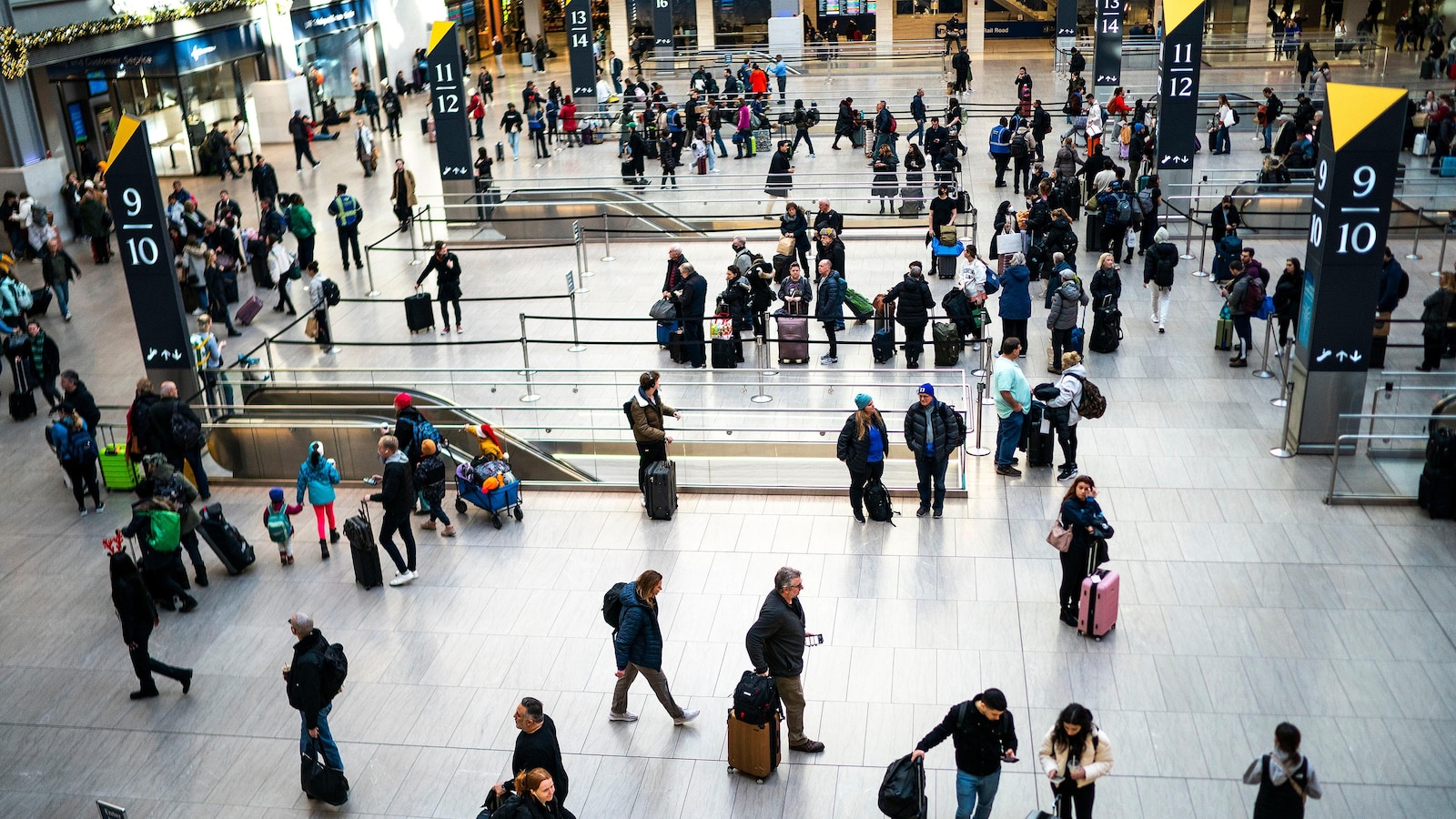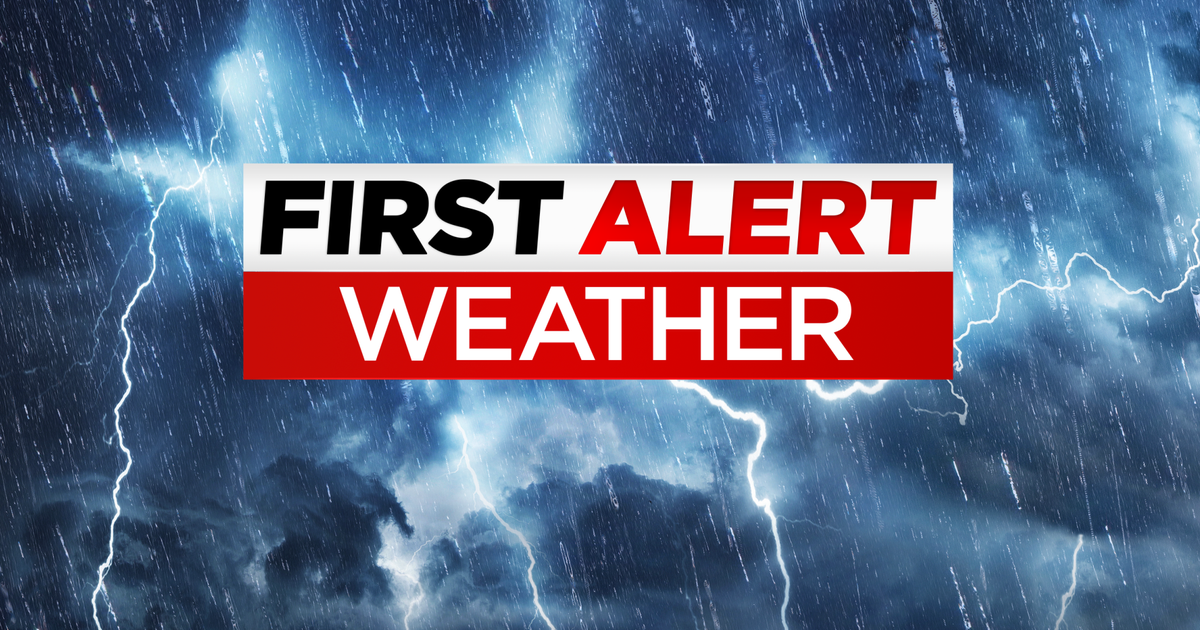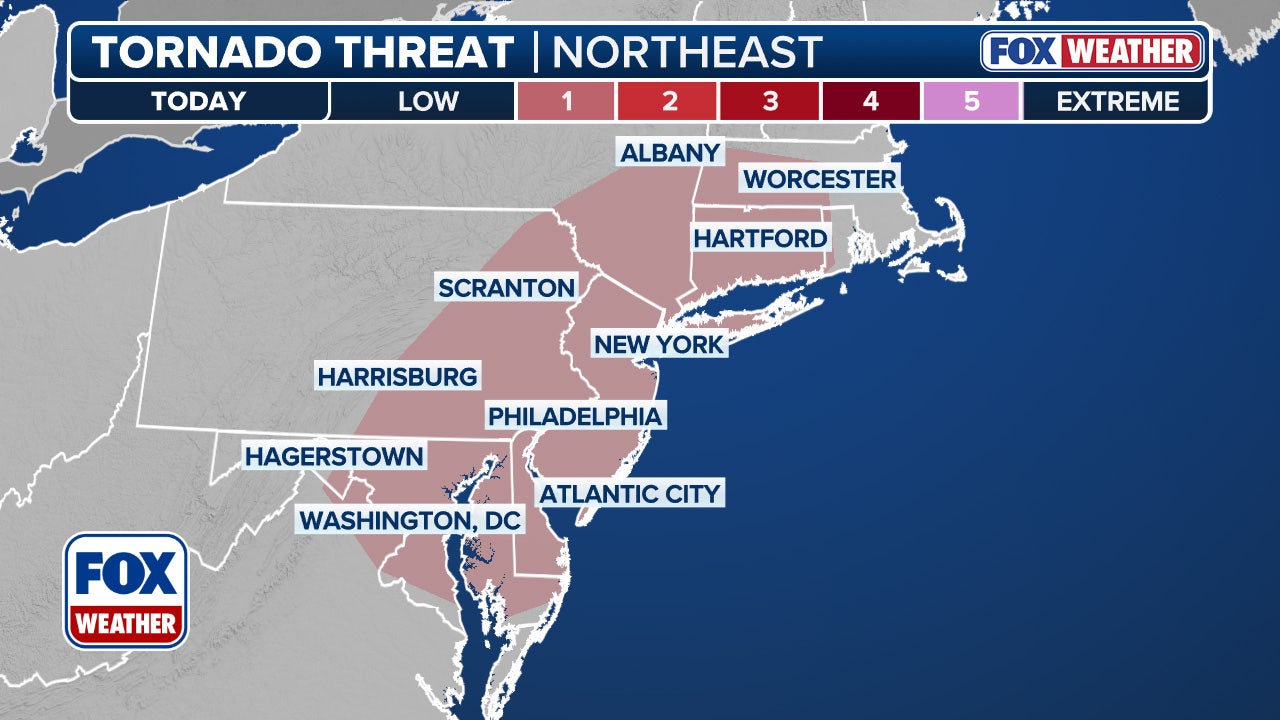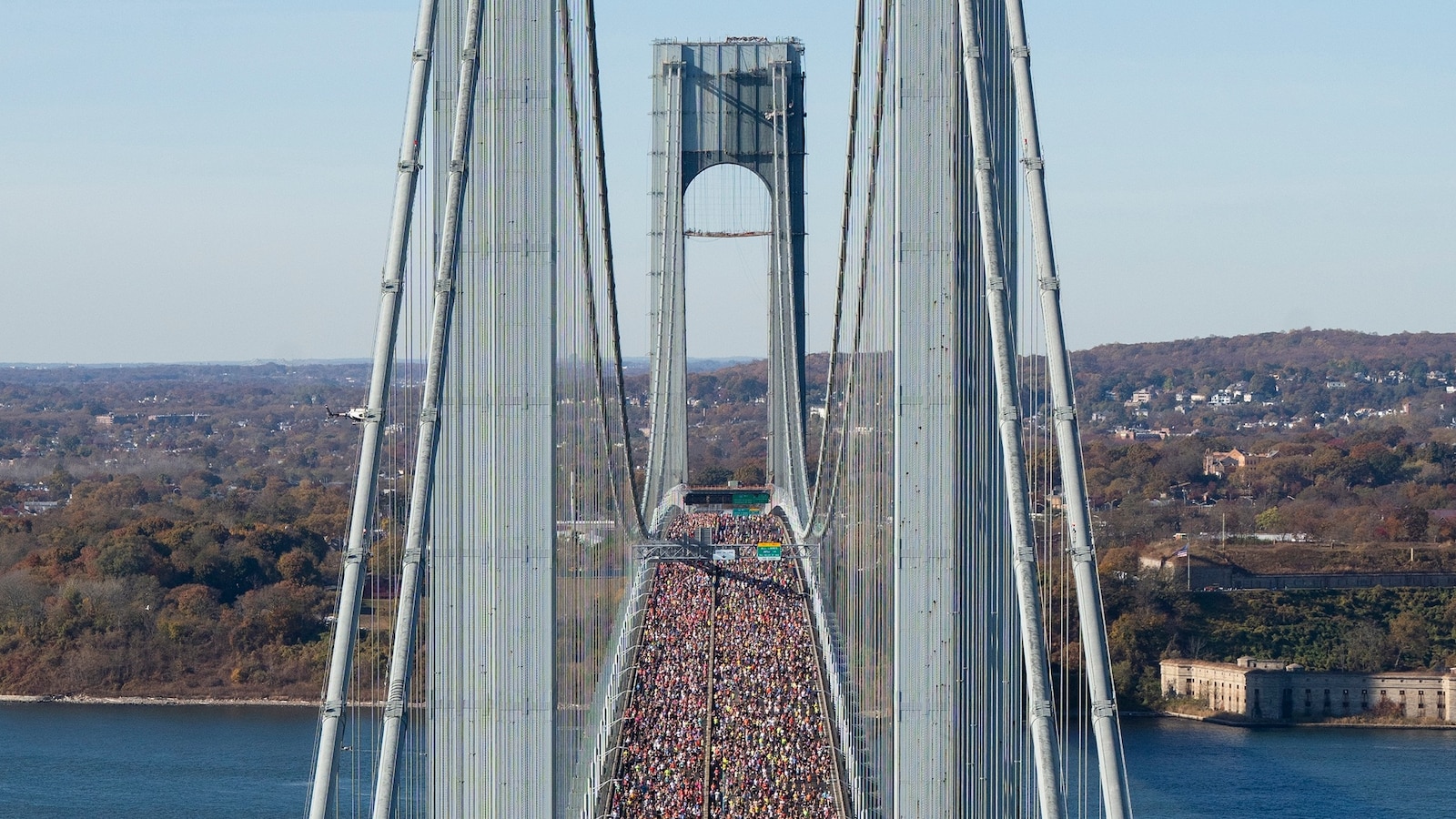NYC Is Literally Sinking: A New Study Reveals the Alarming Truth

A recent study published in Nature Cities reveals a shocking truth: 98% of NYC's land is subsiding, with some areas like LaGuardia Airport sinking at alarming rates exceeding 5 millimeters per year. This slow-motion crisis is a dangerous combination of climate change, groundwater depletion, and the sheer weight of the city itself.
The Impact of a Sinking City
This subsidence significantly increases flood risks and poses a serious threat to infrastructure and real estate. Over 8.7 million New Yorkers are at risk, with the city accounting for over a quarter of the U.S. population living on subsiding land. The combination of sinking land and rising sea levels means storm surges will reach further inland, necessitating redrawn flood maps and increasing the vulnerability of low-lying areas.
Since 2000, New York and seven other U.S. cities have experienced over 90 flood events. With climate change predicted to bring more extreme weather, the risk of flooding is only set to increase.
Can We Stop NYC From Sinking?
While completely stopping the subsidence is impossible, we can mitigate the effects. The study highlights that much of the problem is due to human activity, specifically groundwater extraction. Improved water management, reinforced infrastructure, and strategic urban planning are crucial in reducing the damage.
Other cities like San Diego and Memphis have demonstrated that proactive measures, such as aquifer policies and better land-use planning, can significantly prevent the worst-case scenarios. Mitigation and adaptation are key to protecting New York City's future.
But time is of the essence; we need to act quickly before the city's iconic skyline is threatened by rising sea levels.


























Comments
Join Our Community
Sign up to share your thoughts, engage with others, and become part of our growing community.
No comments yet
Be the first to share your thoughts and start the conversation!